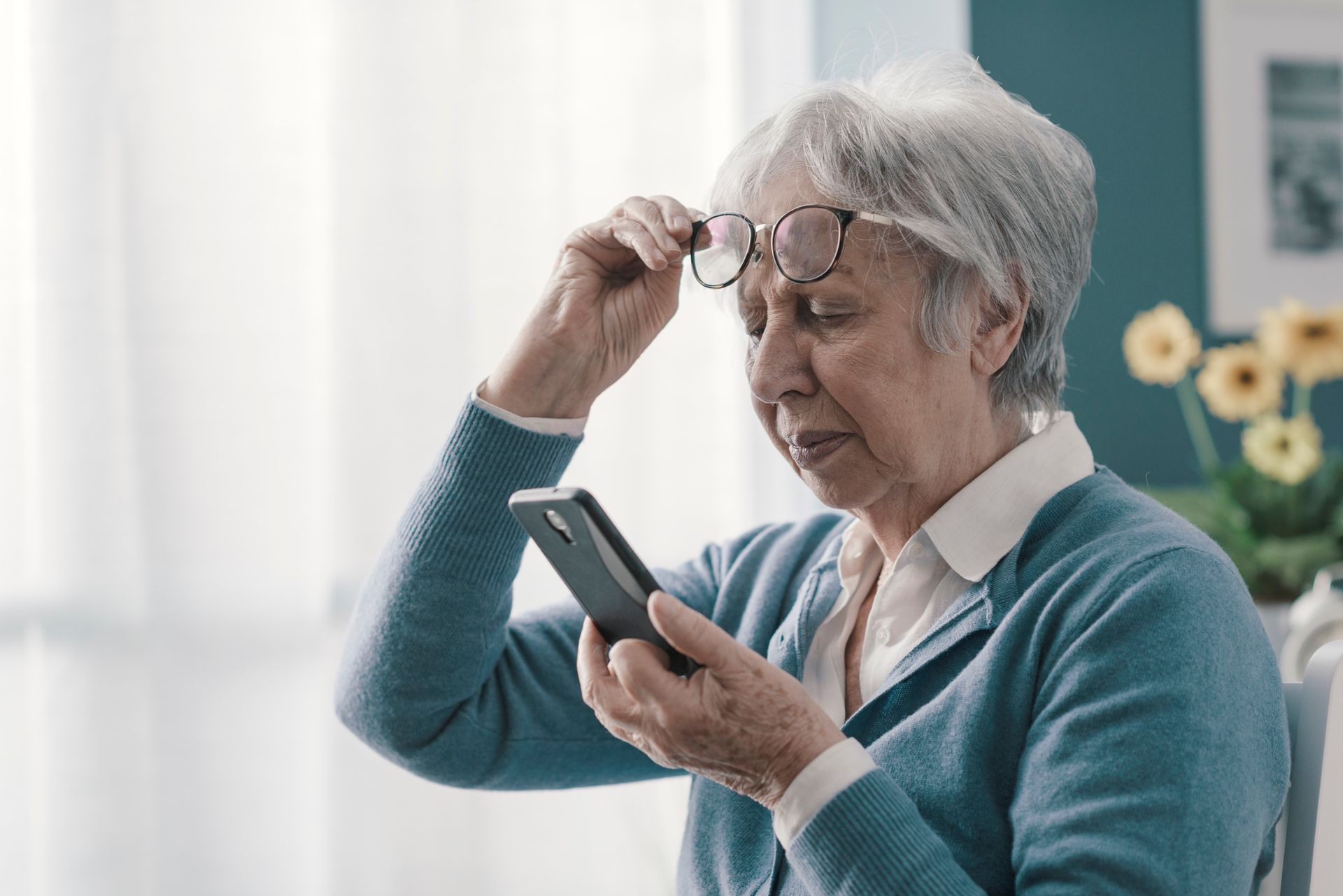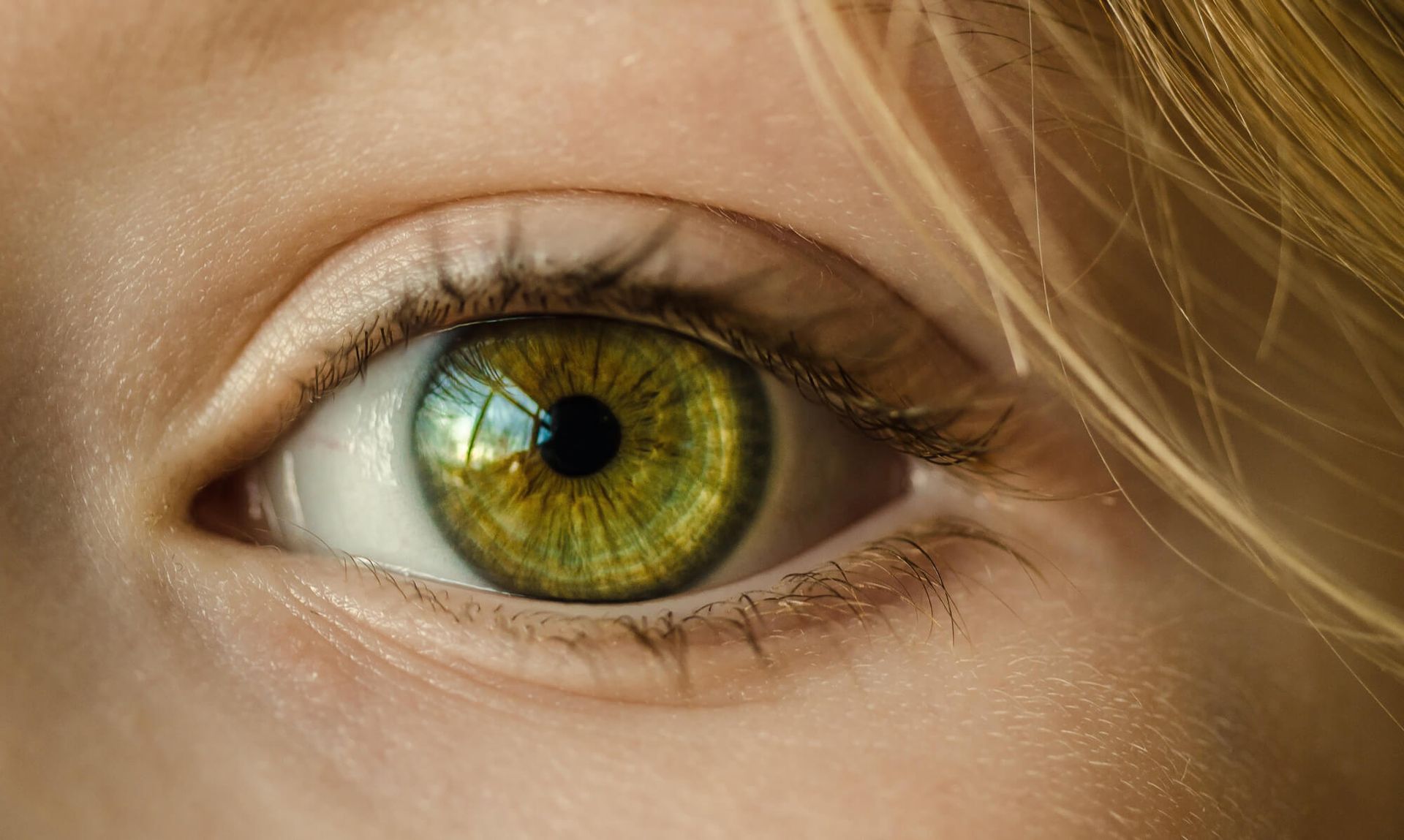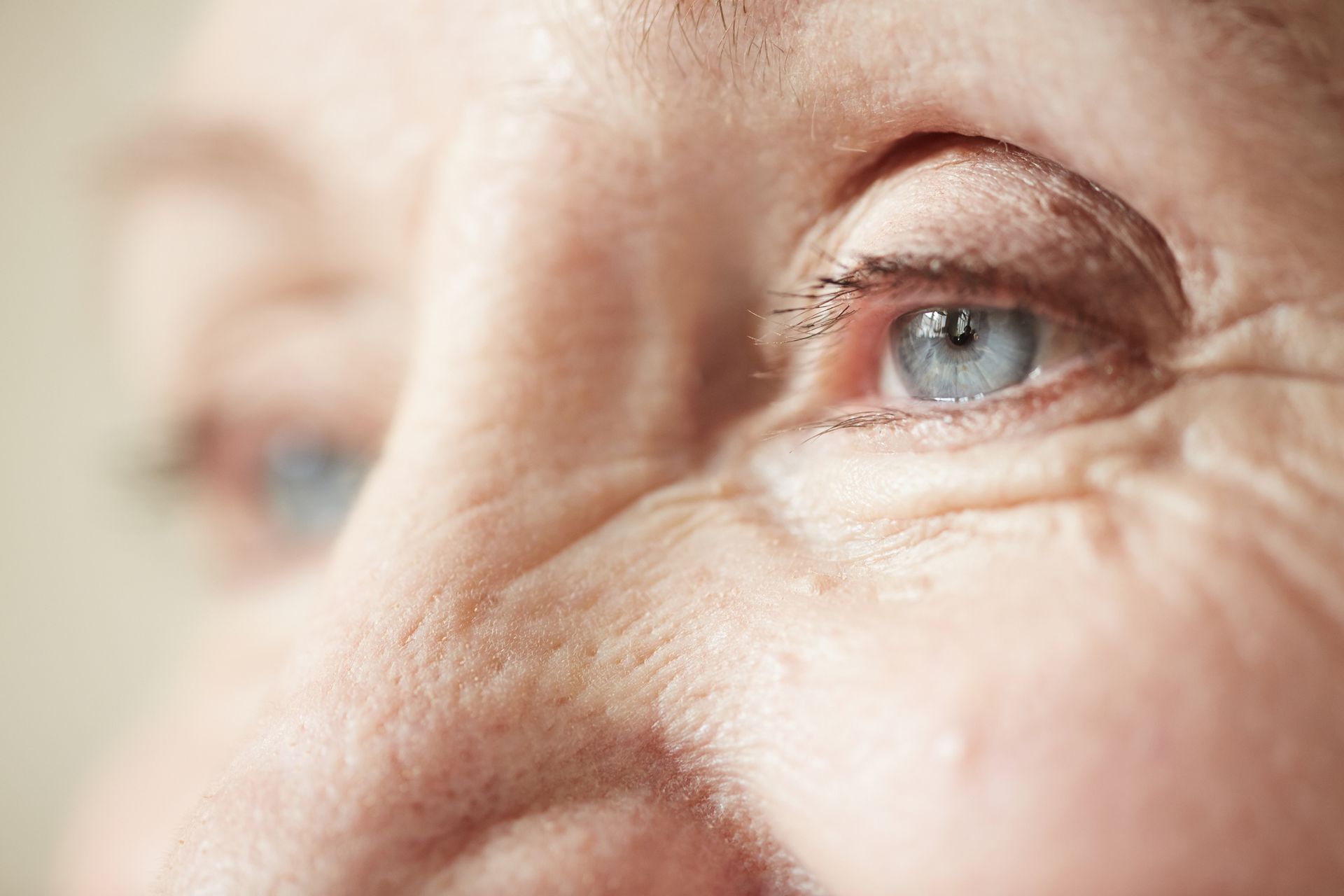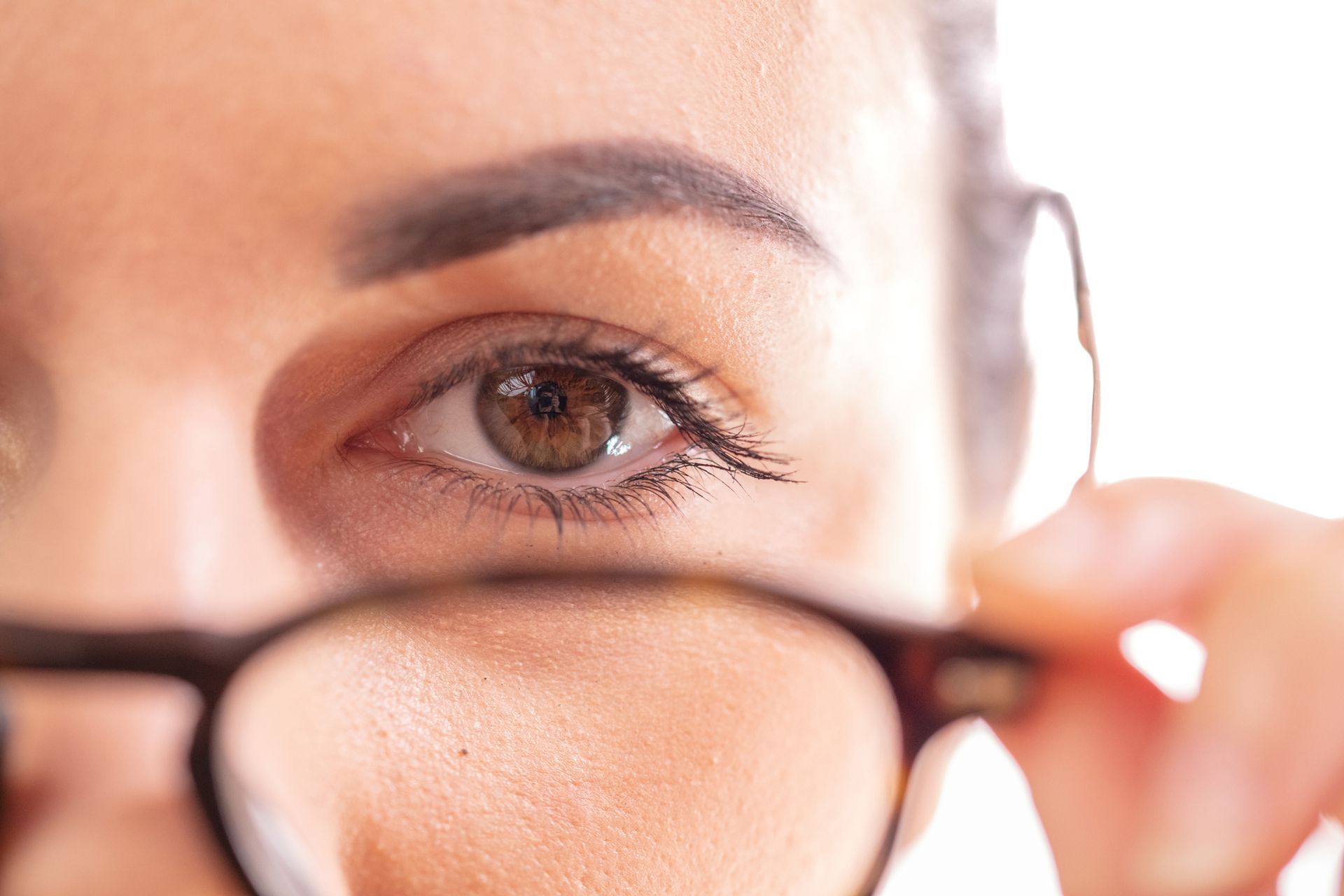Clear Vision in a Digital World: Proven Strategies to Prevent Eye Strain
In today's screen-centric world, digital eye strain has become a common concern for many. Prolonged use of computers, smartphones, and other digital devices can lead to eye discomfort, fatigue, and even more severe issues. In this article, we'll explore the prevalence of digital eye strain and provide practical tips to prevent and alleviate it, ensuring better overall eye health.
Introduction
The modern world revolves around screens. From work to leisure, we spend countless hours glued to digital devices. While these devices have made our lives more convenient, they have also brought about a new challenge: digital eye strain. It's crucial to address this issue as it can impact our daily lives and long-term eye health significantly.
Understanding Digital Eye Strain
Digital eye strain, also known as computer vision syndrome, refers to the discomfort and fatigue experienced after prolonged screen use. Common symptoms include dry eyes, blurred vision, headaches, and neck and shoulder pain. It's an issue that affects people of all ages who spend extended hours in front of screens.
Tip 1: Adjust Your Screen Settings
One effective way to reduce digital eye strain is to optimize your screen settings. Adjust the screen's brightness to a comfortable level, avoiding excessively bright or dim displays. Experiment with contrast and font size settings until you find the most comfortable configuration for your eyes. Below are some step-by-step instructions for common devices:
- For Computers: Access display settings and adjust brightness, contrast, and font size to your preference.
- For Smartphones and Tablets: Navigate to the device's display settings and make similar adjustments.
Tip 2: Practice the 20-20-20 Rule
The 20-20-20 rule is a simple but powerful technique to combat eye strain. Every 20 minutes, take a 20-second break, and look at something at least 20 feet away. This practice helps reduce eye fatigue and keeps your eyes from becoming too strained during extended screen time. Incorporate this rule into your daily routine, especially if your work or leisure activities involve a lot of screen use.
Tip 3: Proper Lighting
Proper lighting plays a crucial role in preventing digital eye strain. Ensure that your workspace is well-lit, with even and gentle lighting. Avoid harsh glare or reflections on your screen, which can cause discomfort and interfere with your ability to see clearly. Position your screen to minimize reflections, and consider using adjustable desk lamps to control the lighting in your workspace.
Tip 4: Blink Regularly
Extended screen time often leads to reduced blinking, which can result in dry and irritated eyes. Make a conscious effort to blink more frequently while working on screens. Blinking helps distribute a protective layer of tears across your eye's surface, preventing dryness. If you find it challenging to remember, set reminders to blink at regular intervals.
Tip 5: Ergonomic Workspace
Creating an ergonomic workspace is essential for reducing strain not only on your eyes but also on your neck, shoulders, and back. Invest in an ergonomic chair and adjust it to the right height. Position your monitor at eye level, so you don't have to strain your neck by looking up or down. Maintain proper posture to minimize physical discomfort.
Tip 6: Blue Light Coatings
The blue light emitted by screens can disrupt your sleep patterns and contribute to eye strain. Consider using blue light coatings or blue light-blocking glasses. Many devices offer built-in blue light settings that you can enable. These settings reduce the amount of blue light emitted, making screen time more comfortable for your eyes.
Conclusion
Incorporating these tips and tricks into your daily routine can make a significant difference in preventing and alleviating digital eye strain. By taking proactive steps to adjust your screen settings, follow the 20-20-20 rule, ensure proper lighting, blink regularly, create an ergonomic workspace, and use blue light coatings, you can enjoy more comfortable and productive screen time while safeguarding your long-term eye health.
Remember, your eyes are invaluable, and by following these practices, you're investing in a future of better eye comfort and health.











